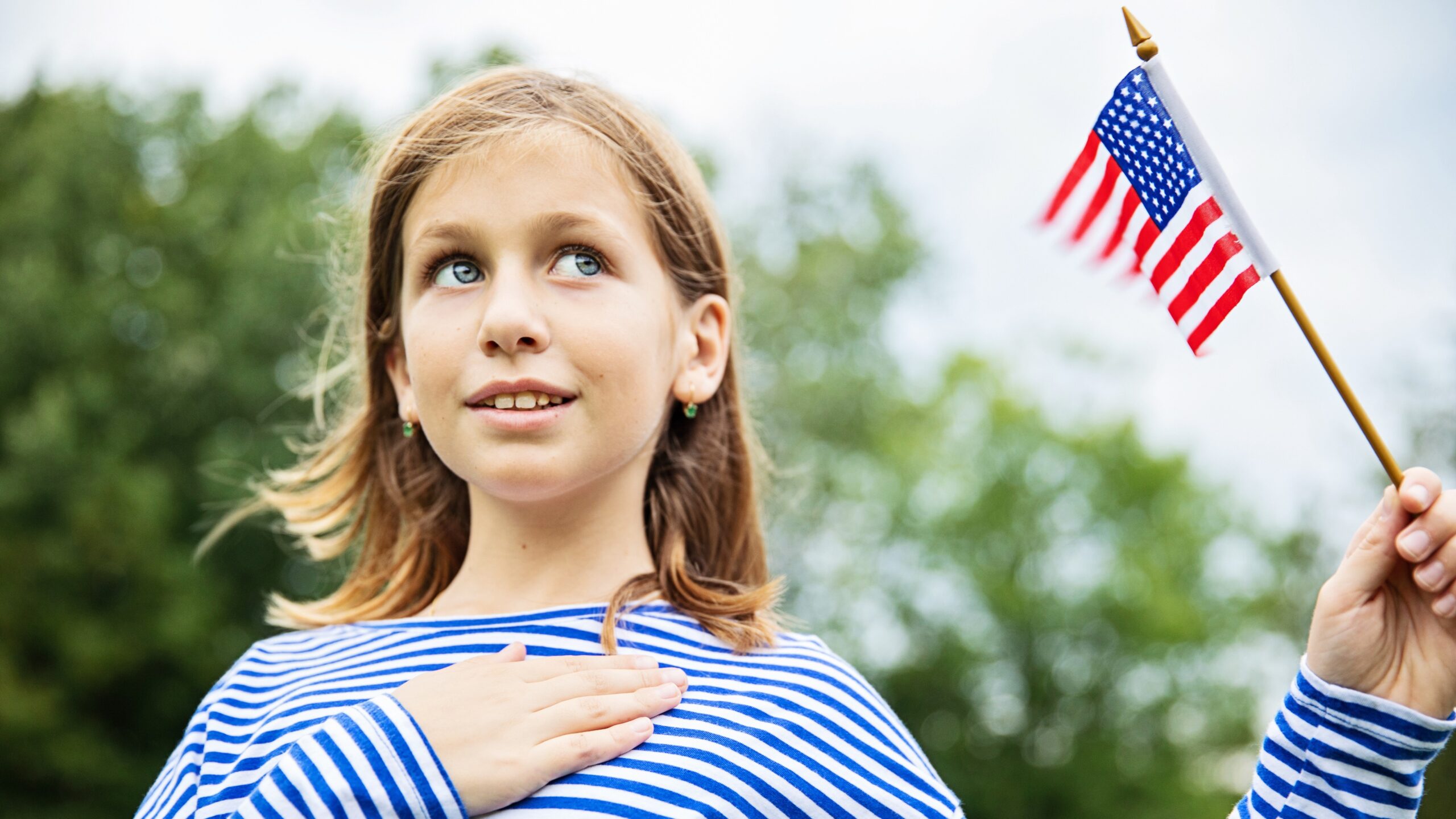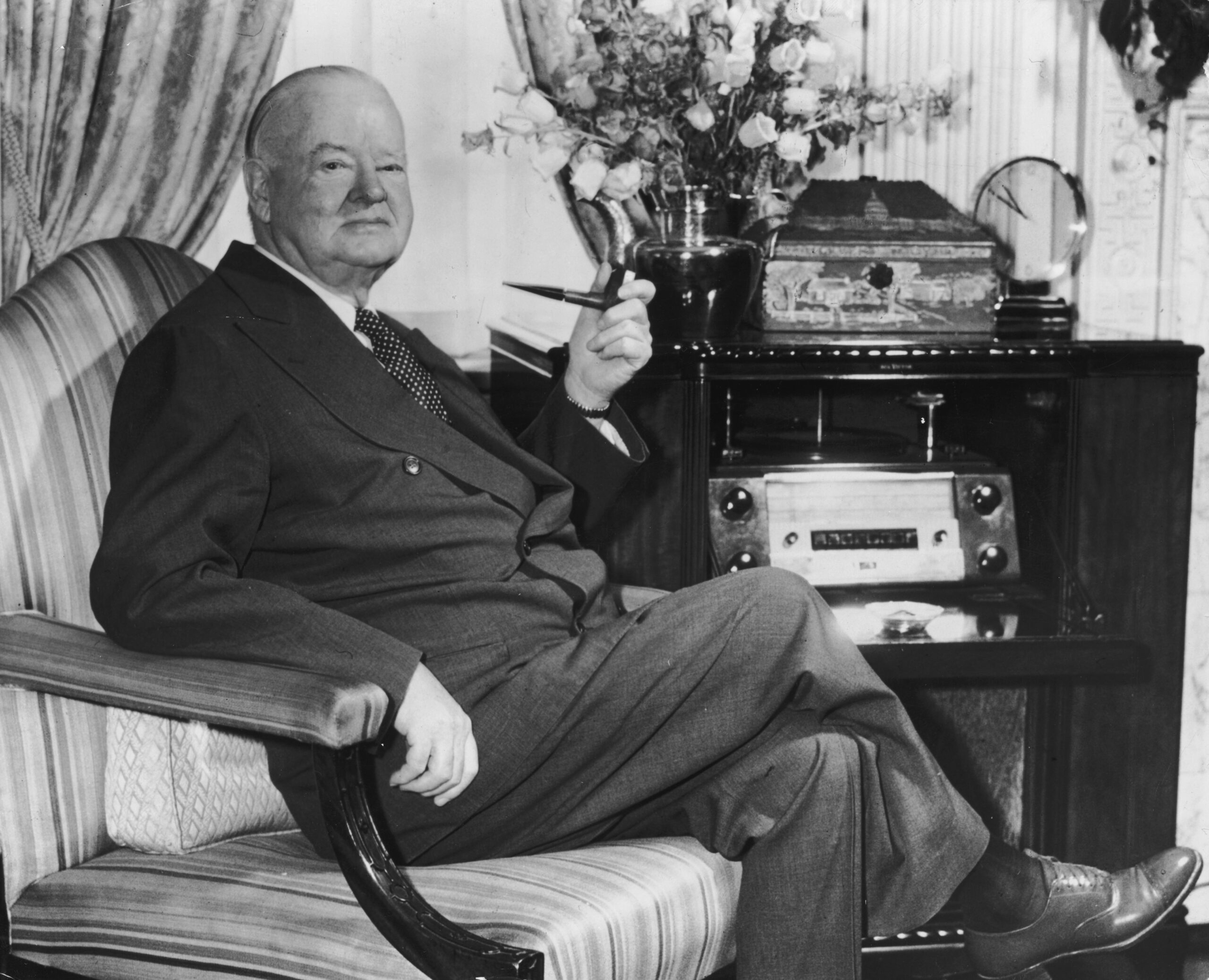
Humans are fascinating in our ability to both question ideas and facts and take what we hear or see as truth without “proof.” We are just bags of biased chemicals taking and leaving information based on moods and experiences as much as on intelligence. But when it comes to habits or traditions we just do because it’s the way it’s always been done, we don’t always question why.
My kids recently pointed out something I haven’t thought about before — or at least wasn’t motivated to learn more about. They wanted to know why we sing "The Star-Spangled Banner" before sporting events. My kids (10 and 8) are old enough to realize we stand to sing the national anthem before certain events but aren’t old enough to be on autopilot yet. Why do we need to do this?
I didn’t know. Like the Pledge of Allegiance or shaking hands when you meet someone for the first time, singing the national anthem can feel like a prerequisite to the next thing. It is what it is. Let’s get on with the show. I know these things started for meaningful reasons, but what were they?
When "The Star-Spangled Banner" was first played and popularized at a sporting event, it wasn’t our national anthem yet. The song is about a battle in the War of 1812; it was an anthem of the Navy and Army but wasn’t universally recognized as our country’s song. The first documented time that "The Star-Spangled Banner" was played at a sporting event was during a baseball game during the Civil War in 1862, but it was the 1918 World Series during World War I that pushed the song to sports popularity.
During the seventh-inning stretch of the first game of the Chicago Cubs vs. Boston Red Sox World Series, the military band started playing "The Star-Spangled Banner." To the crowd’s delight, Red Sox third baseman Fred Thomas saluted the crowd. Thomas was on furlough from the Navy. Players put their hands over their hearts, and the crowd started singing along. It was a boost to citizen and soldier morale. It was a unifying act of patriotism and gave Americans the sense that they were all cheering for the same team (country) — even when rival sports teams went to battle.

President Herbert Hoover signed a bill that made "The Star-Spangled Banner" the national anthem in 1931, but it was already being played regularly at other sporting events, movie theaters, and operas. World War II cemented the song’s presence, and it has become a rallying cry for freedom, America, and, yes, patriotism. People felt pride while waving their flags over the land of the free and home of the brave.
Time has changed our relationship to the word patriotism — or maybe the people who call themselves patriots are the ones who have changed. But the anthem and American flag can be polarizing and used to show signs of injustice and frustration when all people aren’t being protected or given the same rights as others. We have seen players and fans refuse to stand, turn their backs on the flag, or kneel during the anthem to demonstrate their opposition of war, place attention on gender inequality in sports, and protest the continued racism and disproportionate rate of violence against Black bodies by law enforcement.
I have talked to my kids about this and have pointed out that it’s not disrespectful to stand — or kneel — for what you believe in, nor is it un-American to question your leadership and demand more from the country and home that you love. I want my kids to be players and citizens who question what it means to be patriotic versus go through the motions of unquestioned traditions. To blindly follow along with something is to be susceptible to herd mentality and cultish thinking patterns. My kids will figure out what it means to be patriotic, and they will determine what feels like an act of pride and respect versus obligation.
We should all respect someone’s right to feel the way they do about the national anthem, and we should all be able to participate — or not — in a tradition that doesn’t define patriotism but can be used to showcase one’s definition of it. As long as one’s choices don’t take away from someone else's, then we need to let people express their experiences to America as they see fit.
For now, my kids stand quietly and choose to sing along to the national anthem. As they get older, they may choose to sit or kneel quietly but intentionally to show their disagreement with government, social issues, and attacks against marginalized groups. This is not a sign of disrespect. It's an American right.
Fans show up to ball games to cheer on their teams and the players who help them win; singing the national anthem has become perfunctory, but it has a rich history and is still meaningful to many people. It’s also a symbol of what still needs to be done to make sure all citizens have equitable opportunities and protections under a flag that is meant to unify us.




